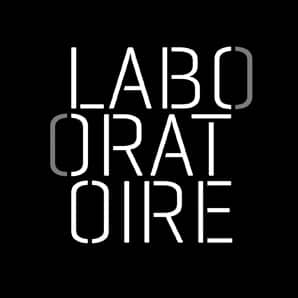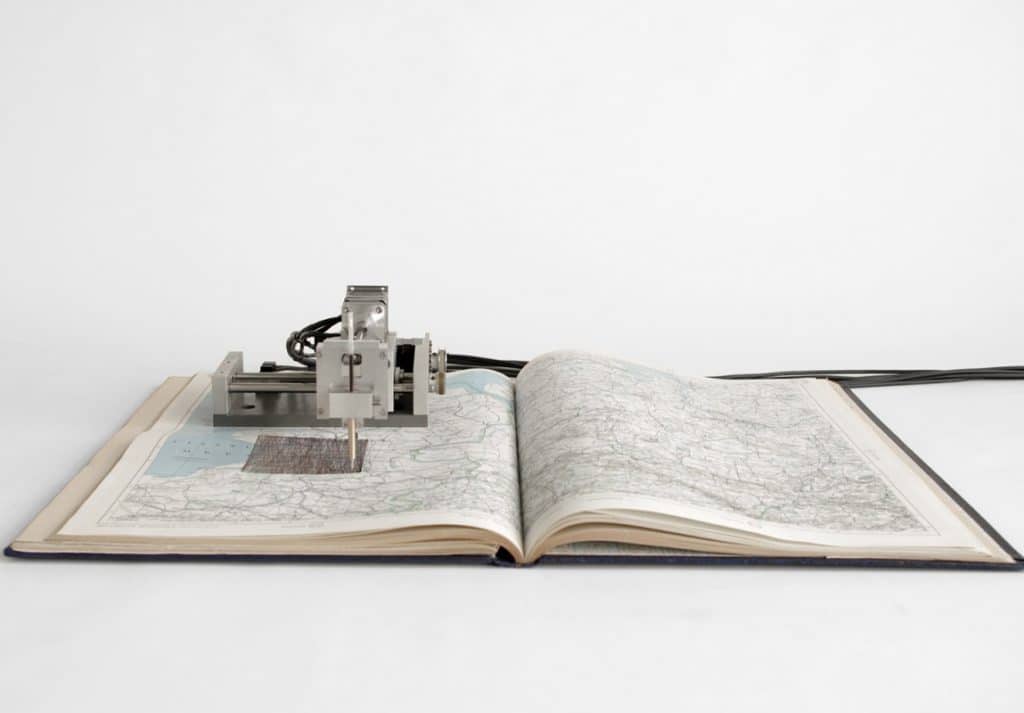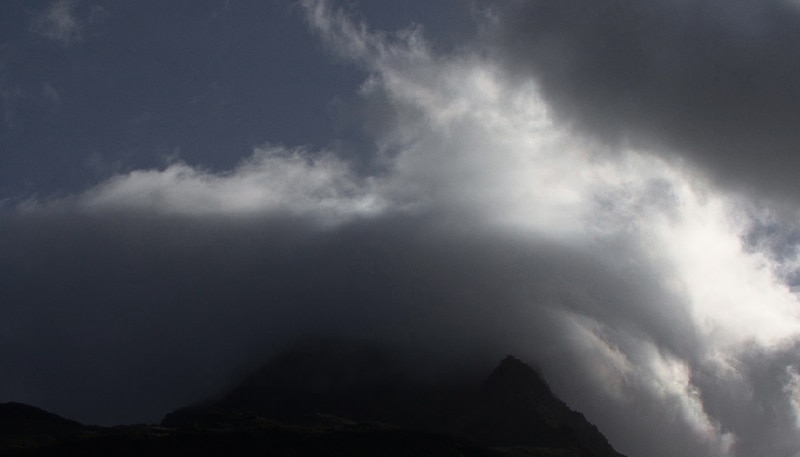The Season 02 paysage>paysages program is designed with sustained attention to the entanglement of movements that punctuate the landscape and stretch the course of the world. It is called “landscape in motion” because the fixed, stable, fixed landscapes do not exist. The sedentary and the definitive are only illusions of optics or perception. Everything in the landscape moves, pitch, boat, jostles, migrates and moves ….
Landscapes are traversed by vast imperceptible movements – star drifting, melting glaciers or silent migration of plants and forests continually testing the soils, prevailing winds and exposures. Landscapes are also witnesses to the migrations and transhumance that characterize the entire animal kingdom, swallow eel, a great drive that moves the living on the surface of the globe without compasses or onboard geolocation system. Each of these travelers takes away seed-drenched droppings, exogenous bacteria and renewed chants that reshape ecosystems and our imaginations. The dynamics of the landscape are still made of unexpected accelerations: avalanche, thunder or storm. The landscape then resumes its full place, a brutal savagery that overflows us and imposes itself beyond the time of the human species.
But landscapes are mostly reconfigured by human activities and circulations. Our daily experience of the landscape rarely consists of watching him sit on a bench, but more frequently to cross him distractedly sitting at 130 km / h. Also, contrary to the route too well drawn of the main road projecting us as soon as possible to a specific destination, this season 02 landscape> landscape offers you to walk available at random and the unexpected, attentive to all meetings, to enjoy the passing of time, the changing weather, to forget the certainties or worries to leave the escape to the point.
Here are the first highlights:
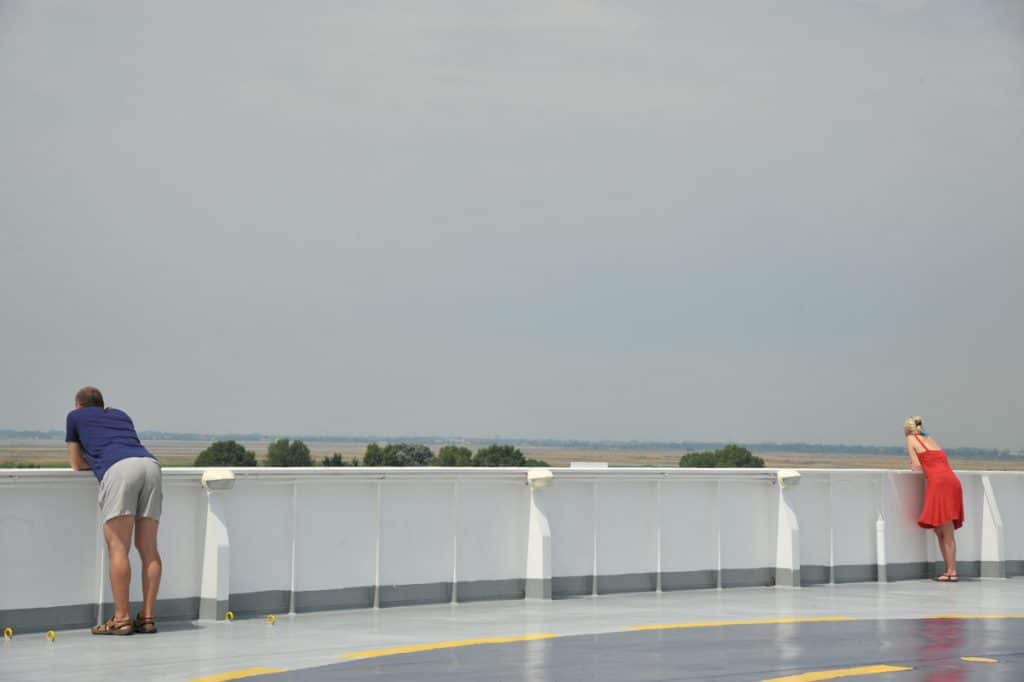
> The landscape makes its cinema,
- A film of films designed by Agnès Bruckert accompanied by a concert live with Actuel Remix (Xavier Garcia and Guy Villerd)
- Esplanade of Bonne in Grenoble, December 21 from 17h to 21h
- (Resumed during the cycle It stirs in the auditorium of the museum of Grenoble the 2, 3 and 4 March 2018 from 10 to 18H, without interruption
> Learn more : https://youtu.be/V4j-D6xYr_Y
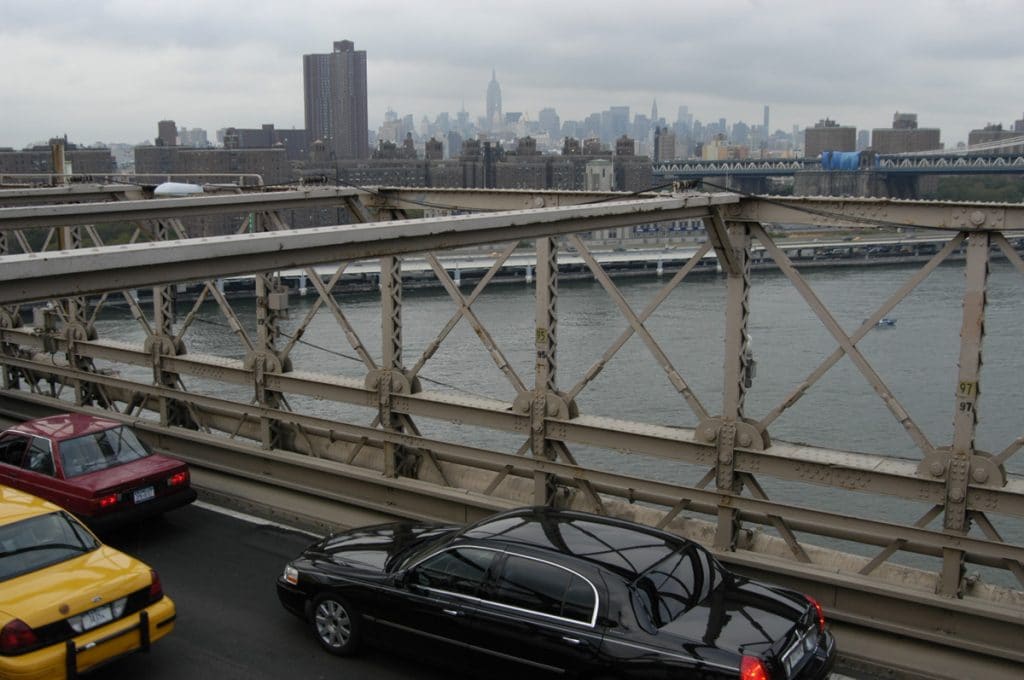
While circulating thanks to the fingering of Agnès Bruckert among the most virtuoso filmmakers of the world cinema, we discover how each film entangles intimately in a common space the characters in the foreground and the background where the story seems to anchor. Wide shot in false connections, the landscapes shape our perceptions, prepare and anticipate the action, sometimes overflow to invade the screen, break with the wire of the narration, swallow the characters and disorient us.
Low sordid or sumptuous panoramic neighborhoods, many landscapes have left in us a footprint that deeply structures our sensitivity and our identity. It is this paradoxical identification with a totally moving fiction that the ARFI duo “Actuel Remix” amplifies by accompanying the flow of images, punctuating it with instant soundscapes.
> Atlas of displacements,
- An exhibition designed by Guillaume Monsaingeon with the works of Cécile Beau, Christo, Nicolas Consuegra, Fernand Deligny, Caroline Duchatelet, Cédrick Eymenier, Ymane Fakhir, Christoph Fink, Eléonor Gilbert, Chris Kenny, Lucien Le Saint, Francis Limérat, Hans Op de Beeck, Quadrature (Juliane Götz + Sébastian Neitsch), Claire Renier.
- Musée Hébert from 21 December to 21 March 2018
This exhibition brings together our perceptions and tools of figuration of the territory. The works collected in the Atlas of the movements record the landscape with scales ranging between 0 and 30 000 km / h, slow movements, almost immobile, imperceptible of the geological or climatic, our jerky social movements, our wanderings and our uncertainties, our regular or habitual movements, the movements of animated beings and the mechanics of machines that have become essential to the control of our own movements and to the knowledge of territories.
- Quadrature (Juliane Götz et Sebastian Neitsch). Satelliten trace in real time the trajectory of satellites passing vertically from the Hébert museum. During his visit, the visitor of Atlas of displacements will be able to see several times the digital device come to life to reveal a landscape agitated by the race of the satellites. The square of 10 centimeters of side (300 kilometers) will gradually blacken the hypsometric map (altitudes) of a Quillet atlas over the three months of exposure.
- Caroline Duchatelet : Mercredi 4 novembre (2009). For 9 minutes, Caroline films a mountain landscape in winter, where clouds and light recompose and erase the apparent stability of the rock mass. This landscape captured on November 4 is both eternal and instant, present and absent, already there for a million years and yet disappeared in a few seconds.
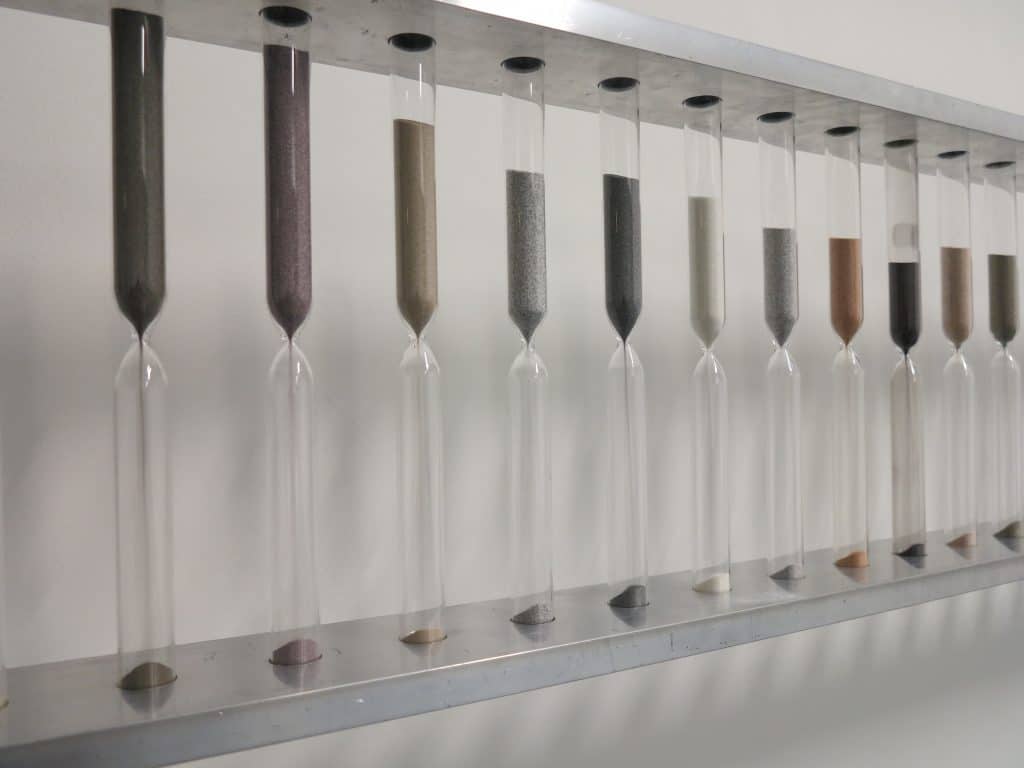
- Cécile Beau (France, 1978). Each stone constituting the Particles series is presented in two forms: the intact mineral arranged on the wall, and the sand-reduced stone feeding an hourglass whose size corresponds to its geological time scale. The installation expresses the imperceptible temporalities of the minerals, which work discreetly under the visible landscape.
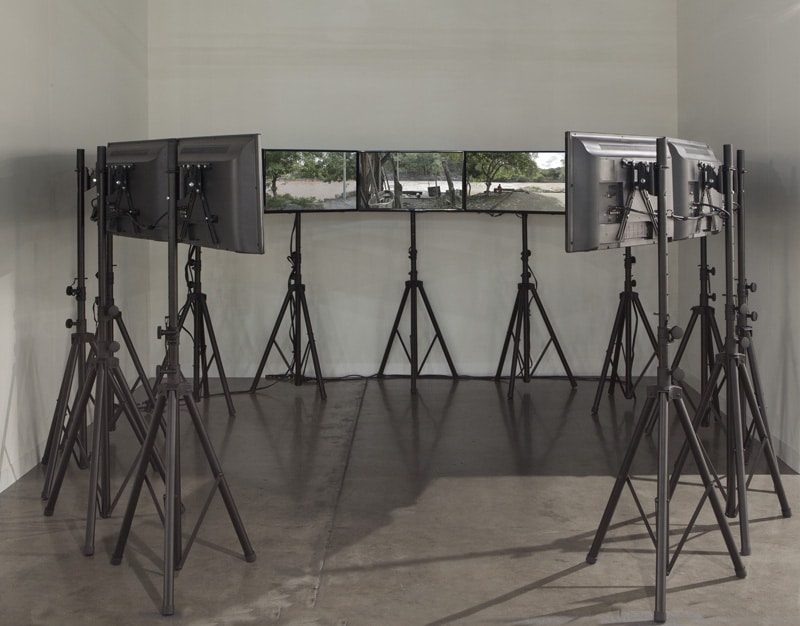
- Nicolás Consuegra (Colombia, 1976). Shot on different sites in Honda, Colombia, on the banks of the Magdalena River, The water you touch is the end of what has happened and the beginning of what happens (2013) shows the continuity of a river flowing endlessly and without fitting. The immobility of the movement is expressed in the calm of an infinite loop.
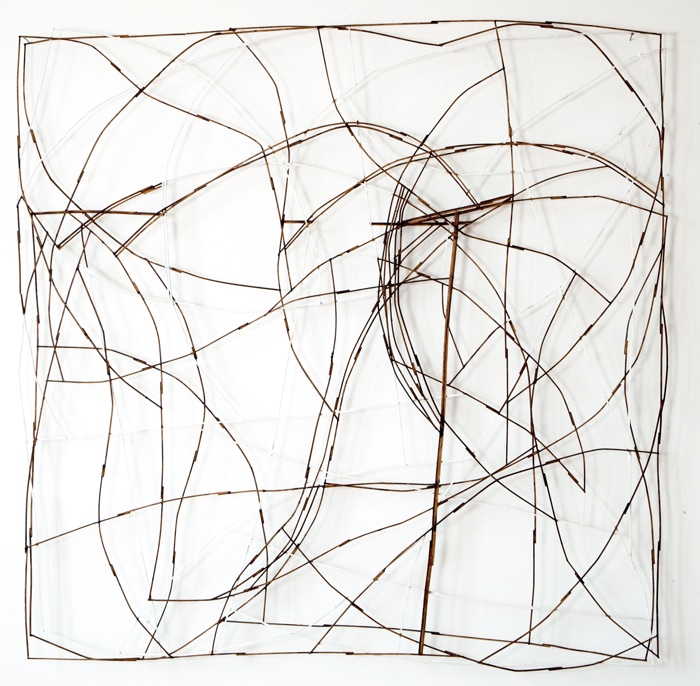
- Francis Limérat (1946, Algiers). The poet Kenneth White, great figure of the path, writes about this series of “clear-ways”: The art of Limérat is an anxious groping which, little by little, slowly, finds satisfactory coordinates; it is a complex entanglement in which, thanks to an erratic, but sensitive, subtle writing, one ends up seeing clearly, by setting benchmarks. As with the “stick maps” of the Marshall Islands, with which canoe pilots find in Pacific waters the best trajectory from one island to another depending on the orientation of the wave ridge, our look here walk in balance on the wire of the imperceptible.
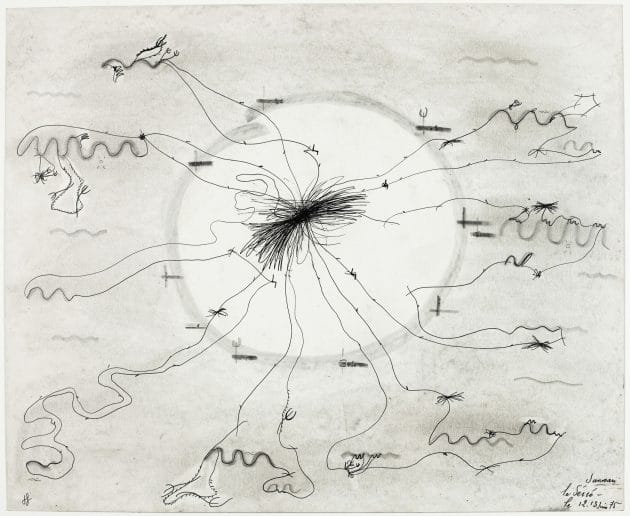
- Fernand Deligny (France, 1913-1996) is not strictly speaking “author” of the present drawings. Founder in 1968 of a network of care for autistic children in the Cevennes, he invented collective mapping practices that fascinated Deleuze and Guattari and irrigated innumerable artistic practices. These cards are not used to understand or interpret the behavior of children, but to keep track of these lines and detours often done aimlessly. Remedies to the impossibility of saying or refusing to name, these drawings constitute a kind of atlas of unpredictable movements and singular modes of being: “we live in time,” wrote Deligny. They live in space, see what does not concern us “.
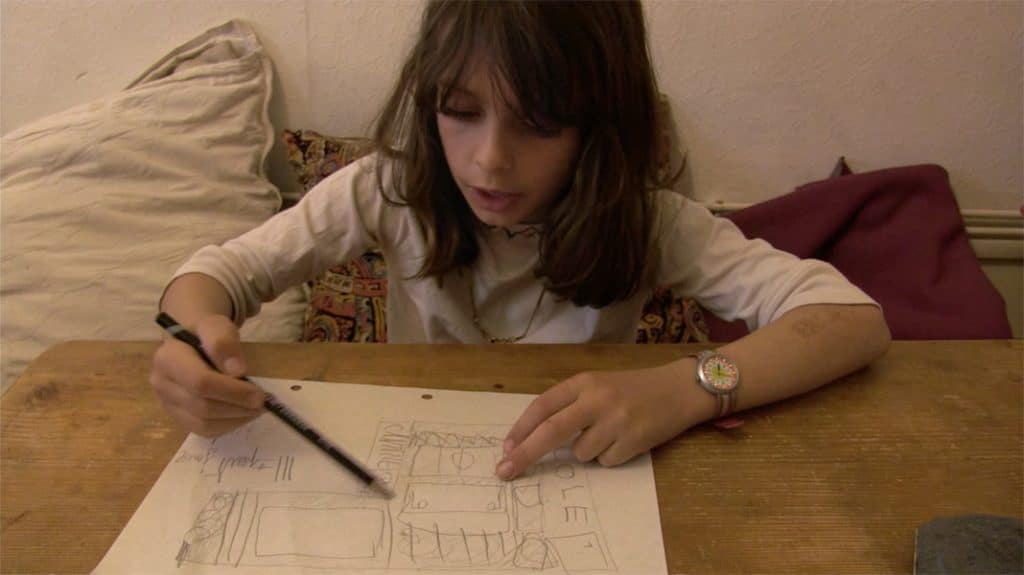
- Éléonore Gilbert (France). “Espace” is a 14-minute film (2014) where, with the help of a sketch, a very funny little girl explains, drawing with support, how the space and the games are distributed during the break, in particular between the boys and girls, and how that poses a daily problem. Despite her various attempts to solve this problem, she does not find solutions, especially since it goes unnoticed by others, children and adults, who do not seem to be concerned. We then discover the subtleties of a geopolitics of public space on the scale of a schoolyard.
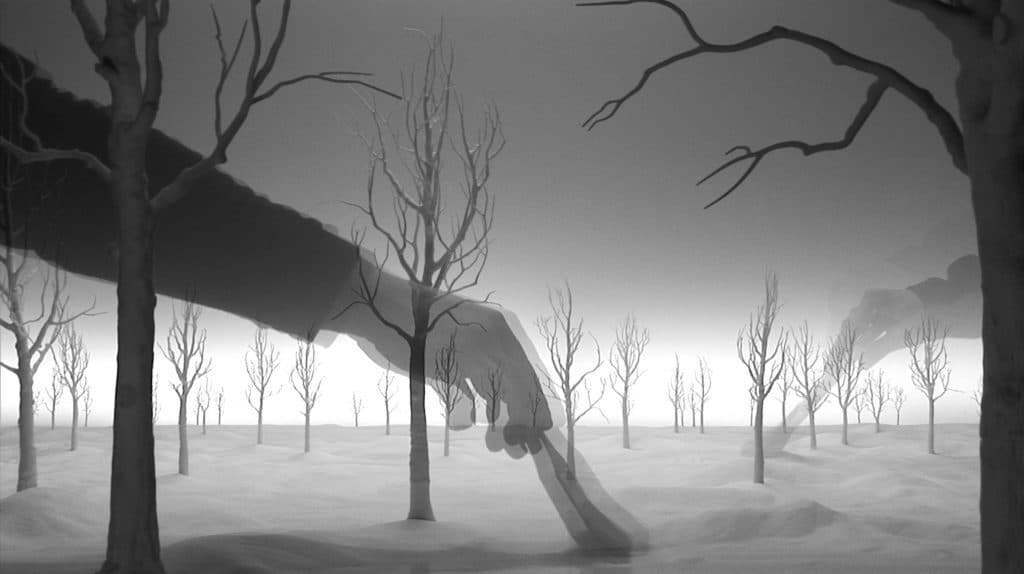
- Hans Op De Beeck (Belgique, 1969) In Staging Silence
- Hans approaches the landscape with humor, producing images of landscapes as archetypes suspended in our memories. Behind an implacable and clinical staging, he assembles eclectic and derisory objects – powdered sugar or soap bubbles, to recreate floating images, uncertain, melancholy and poetic places between the scenery of forgotten films and the iconography of Asian restaurant around the corner.
Read more : “Mythologies du paysage”
> Displacement graphies
- An exhibition of Mathias Poisson
- VOG – Fontaine Art Center, from December 7 to March 31, 2018
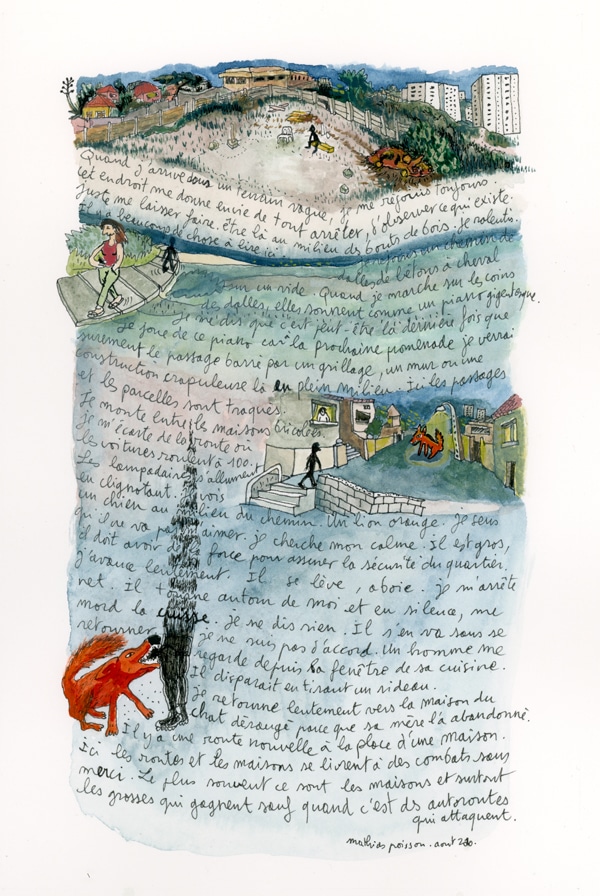
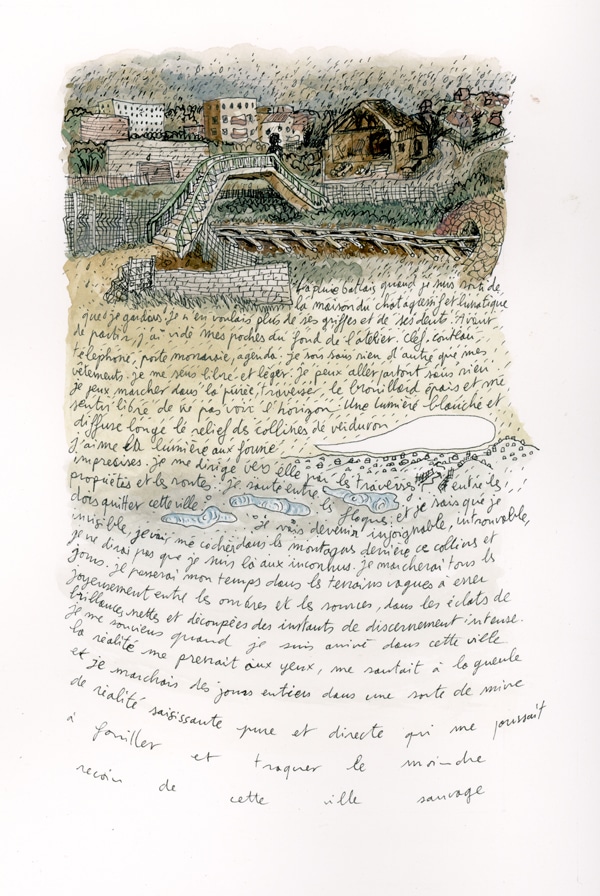
The subjective maps of Mathias Poisson are reductions of the landscape by decoction. He notes his walks on his notebooks, attentive to the slightest event but cultivating a deliberate absence of hierarchies between the information he records. Then he distills and infuses the objects and plants he meets to extract the inks from his drawings. He then composes a sensitive card, a kind of condensed place that invites him to follow suit. It presents here a series of crossings of the landscape through cities as different as Marseille, Tokyo, Naples, Algiers or Istanbul, then during a second exhibition it will make us discover the original works realized during 5 stays in Isère.
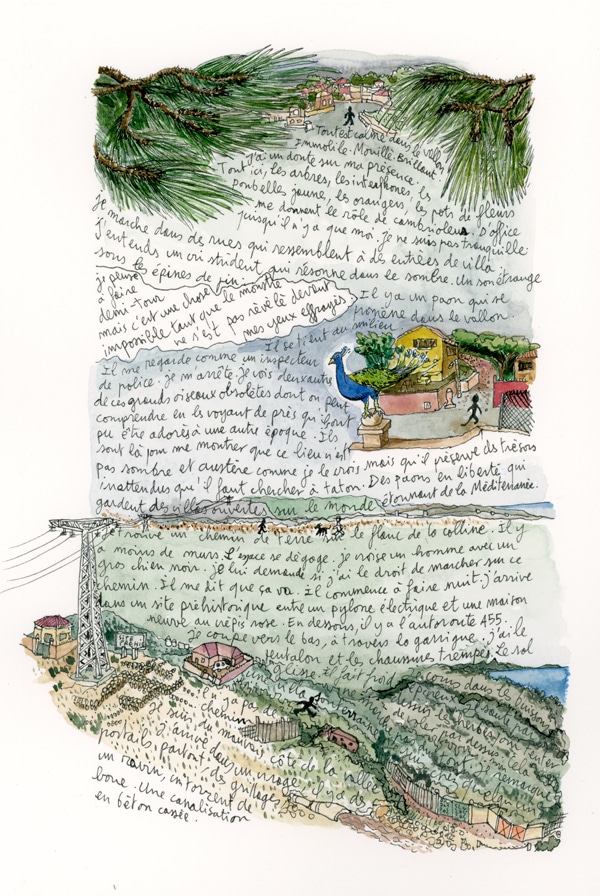
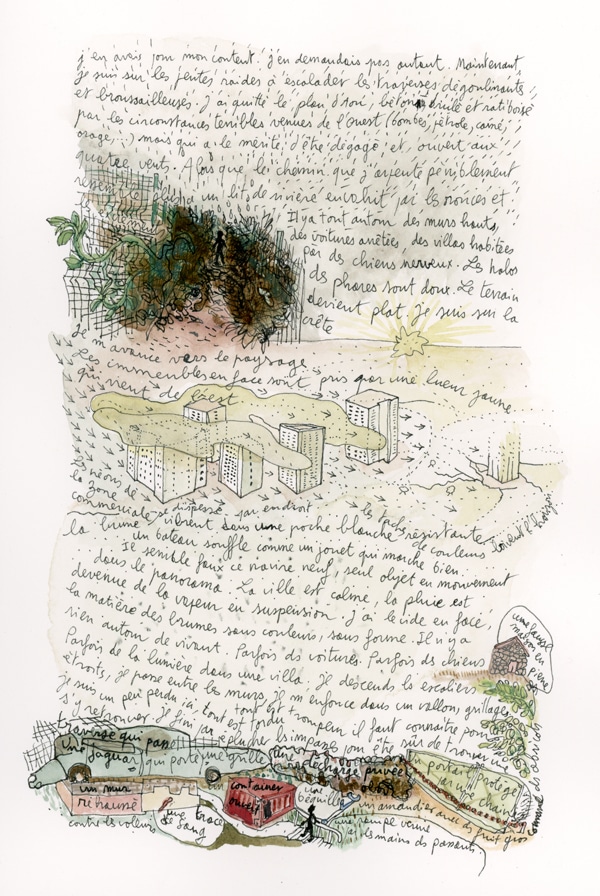
Read more : “paysages de traverse”
> Defeat Mountain
- An exhibition of Olivier de Sepibus
- Garden of Musée de l’Ancien Évêché of Grenoble, from December 21 to March 21, 2018
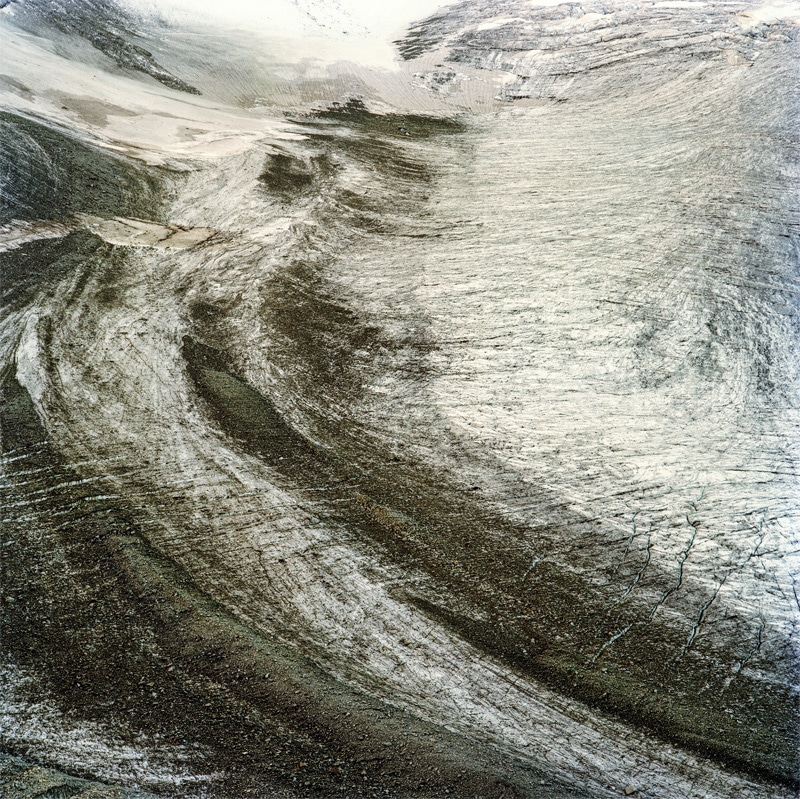
Olivier de Sépibus surveys the Alps to capture the interior movements of glaciers and rocks, faults, breaches, fractures, slow dislocations, sharp breaks and landslides. The seemingly eternal mass appears strangely fragile and tormented, and its solid presence seems to belong to a provisional stage of earthly history. Its photographs update our imaginary of the high mountain by fixing frontally the current state of alpine massifs which slowly defeated in stone desert, bringing with them the dreams of conquest and heroism of a man “master and possessor of nature”. Because, if our representations are defective, they still populate the postcard display stands.
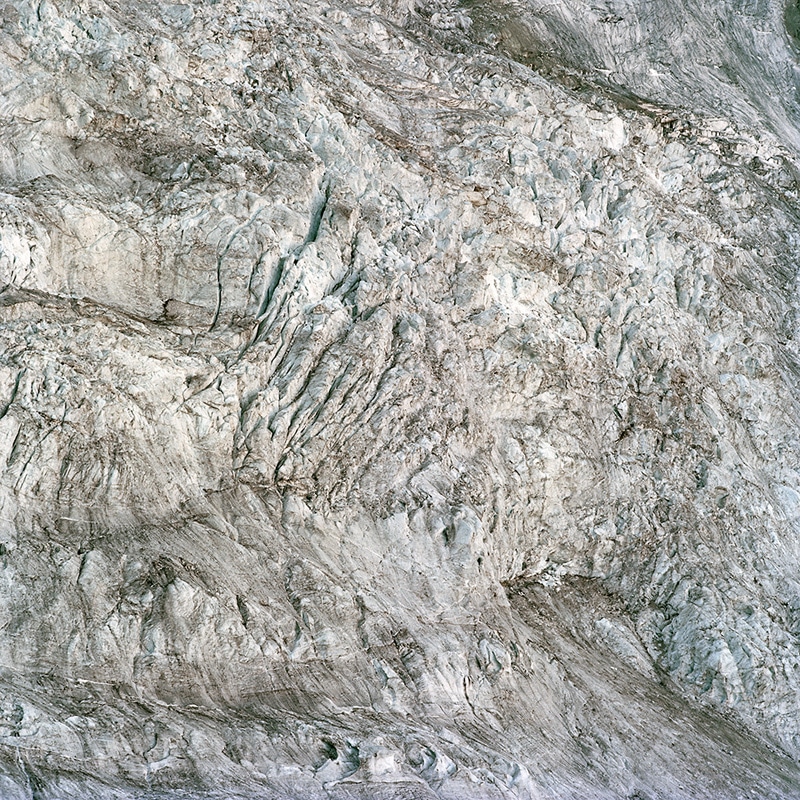
Read more : “Les images (im)mobiles” d’Olivier de Sépibus
> Powered landscapes
- An experiment conceived by the composer Henry Torgue at the initiative of the CAUE de l’Isère
- Friday, January 12, 2018: bus trip from 2 pm to 4 pm Reception at 1.45 pm at the Porte des Alpes Territory House – 18 avenue Frédéric Dard in Bourgoin-Jallieu.
- Friday, February 2, 2018: bus journey from 2 pm to 4 pm Reception at 13:45 at INSPIRA in Salaise sur Sanne.
- Saturday, February 3, 2018, bus ride from 10 am to 12 pm. Reception at 9:45 am at the CAUE Isère – 22 rue Hébert in Grenoble. On the return, snack (on registration) in transition with the round table of the afternoon.
These listening landscapes take the form of a bus trip …. For passengers, behind the windows of the bus, pass the passive images of a usual journey. But in the speakers, a whole world of sounds comes to tell other stories, transform the daily landscape into a decor, upset the imagination.
This gap between listening and seeing allows us to renew readings and perceptions of our familiar landscapes. By slightly increasing the intensity of the ambient sounds or by listening to other sound situations recorded in the same space, the scene becomes “talking”, takes an unexpected relief that reveals the complex relationships between sight and hearing and, d on the other hand, between the real and the imaginary. Because amplified listening approaches a film soundtrack, giving access to the symbolic potential of places, carriers of fiction, memories and dreams.
The three bus tours of “listening landscapes” are accompanied by the researcher and composer Henry Torgue and the landscape architects of the Urban Planning and Environment Council of Isère.
> STOPPING ON Image
- An experiment conceived by the company of street theatre Delices DADA, proposed successively in 4 sites of the department: Bourg d’Oisans, the Vercors, Isle d’Abeau and the territory of Vienna, with each time 4 departures of bus a day
During 120 minutes you are invited to visit with the company Delices DADA the ordinary places of your daily life. Comfortably seated by bus, you can slide the picture traveling through the windows.
But four stops in landscapes meticulously chosen by the company upset your perception. These freeze-outs propose to take the landscape backwards, to interpret it in a totally unknown, crazy and poetic way but so stimulating that from the return of the coach to the point of departure, one discovers the desire to taste a new peregrination …. Here are some postcards :
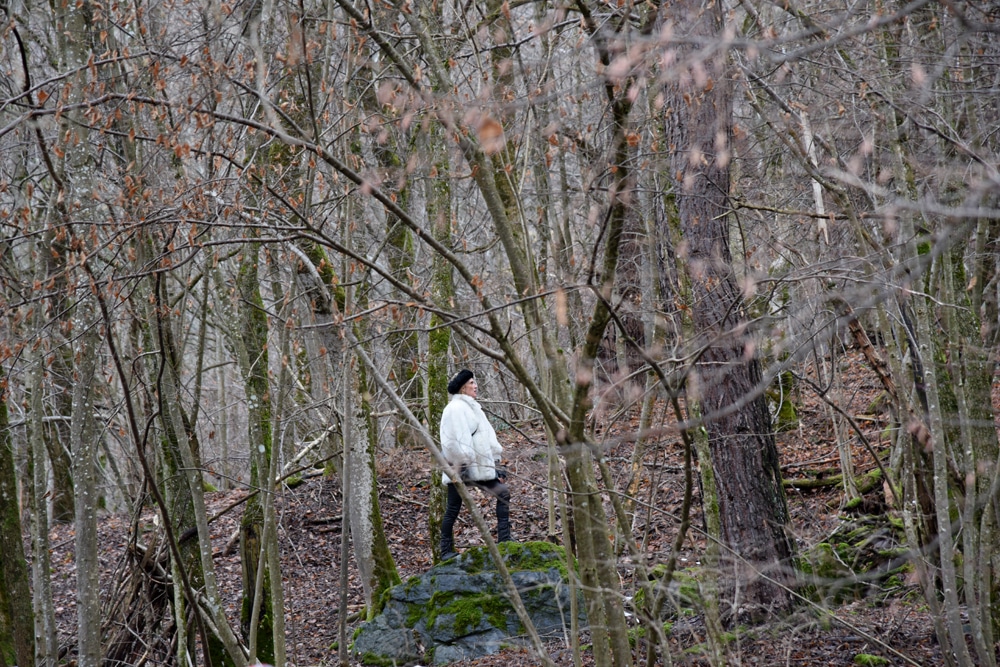
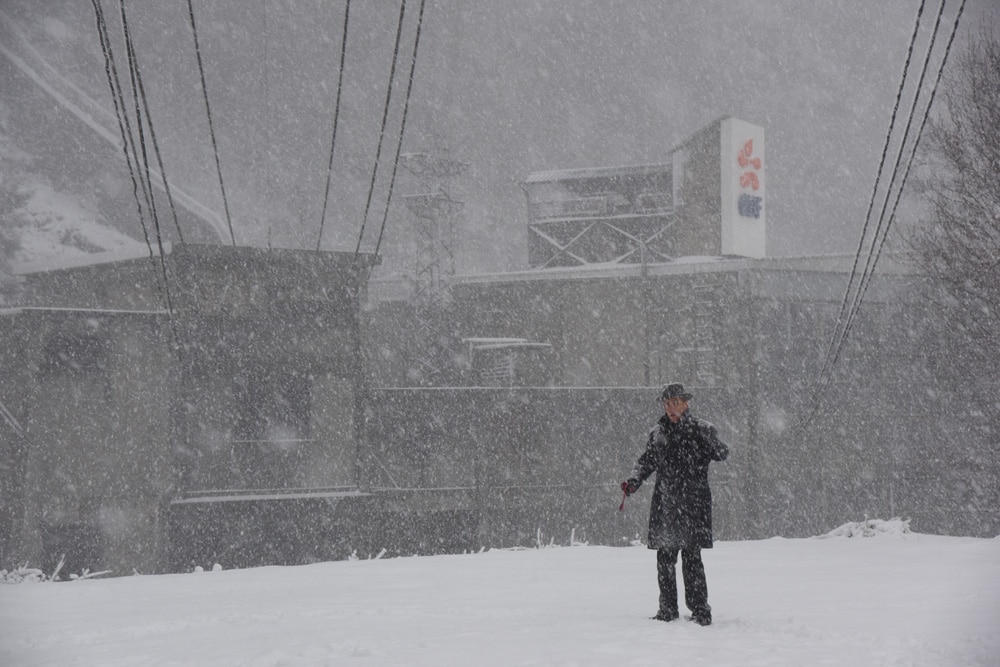
And 2 landscapes to guess while listening these sound punctuations:
Operating : Access is free but the reservation is required at 04 76 00 31 21 from 9h to 12h and from 13h30 to 18h from Monday to Friday
> 4 bus departures per day at 10 am, 11 am, 1 pm and 2 pm (duration of the tour> approximately 120 minutes
- January 20, 2018> Bus departures from Bourg d’Oisans / Municipal Foyer of Bourg d’Oisans
- January 27, 2018> Bus departures from Lans en Vercors / Le Cairn / 180 Rue des Ecoles
- February 10, 2018> Bus departures from Villefontaine / Vellein Theater Parking / 118 Avenue du Drieve
- March 10, 2018> Bus departures from Vienne / Ponsard College / 1 Place André Rivoire
For your comfort, plan for shoes and clothes adapted to winter weather conditions, water and possibly a small energetic snack!
> Lieux-dits, un précipité de vies
- An exhibition designed by Philippe Mouillon with the scientific collaboration of Jeanine Médélice
- Musée de Grenoble, from February 8 to March 11, 2018
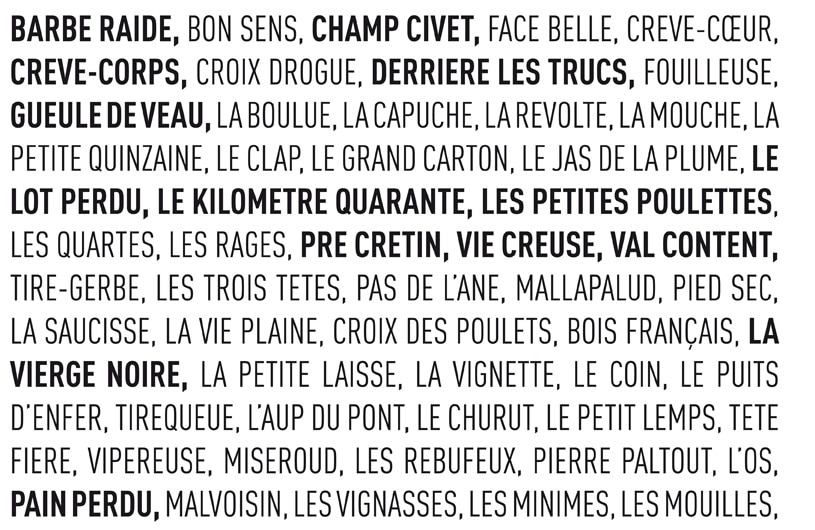
The few hundred words left on the floor of the central aisle of the Grenoble museum are a summary of the thousands of names of places that titrate – or rather subtitle, with care landscape.Ces fragments are tenacious – some words plunge their roots in a time before the Roman occupation, and were so often chewed and pronounced by new mouths that their senses today outcry but continue to be troubled and escape us: Vipéreuse, Miséroud, Mal-Pourchie, Les Écondues, Les Écorrées, Les Embouffus… the word is there, without being there. He belongs to a language, the ghost of ours.
